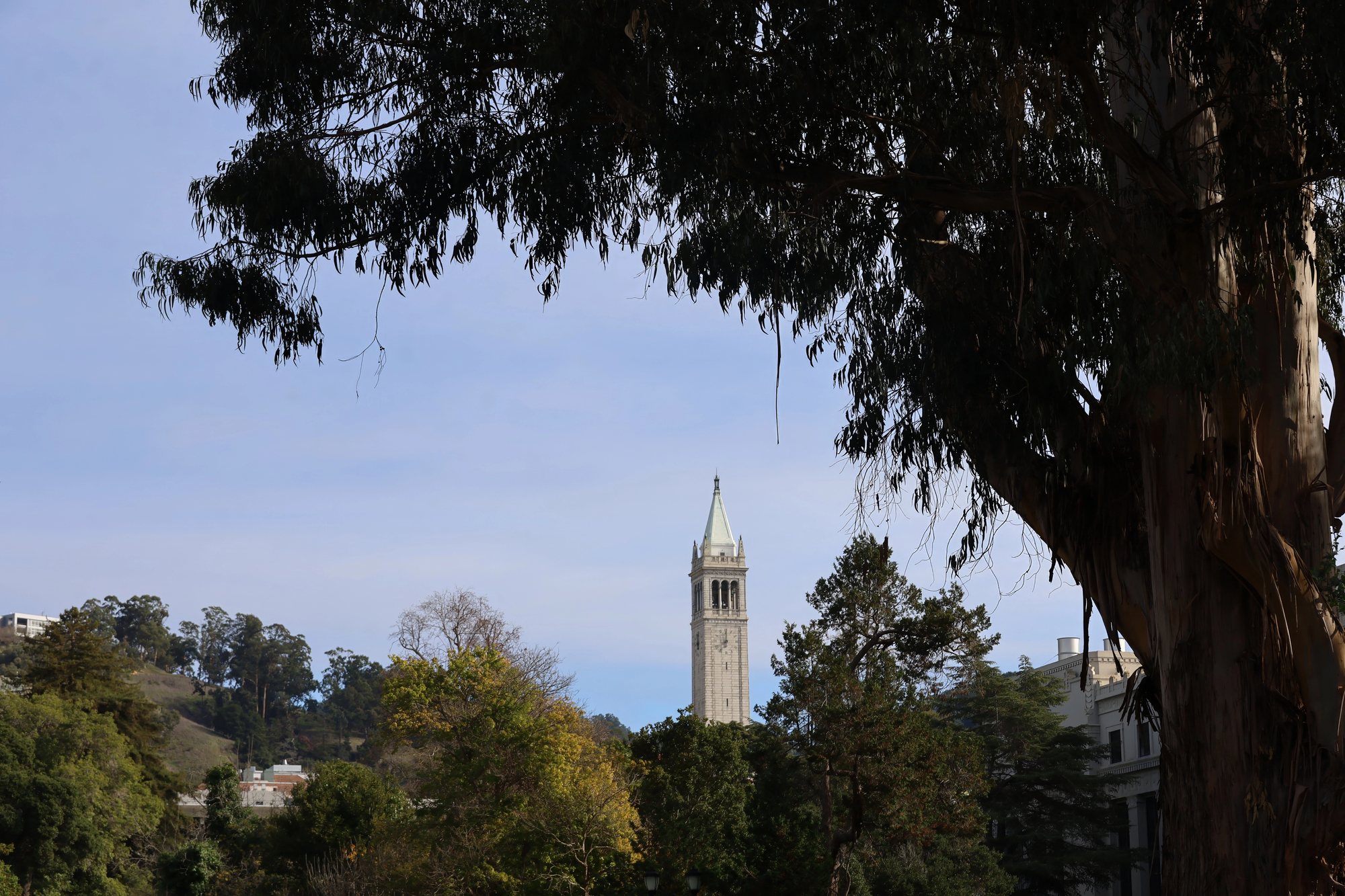WISH-8 to WTTV-4 switch is bellwether for local TV nationwide
This post by Dr. Jeff McCall was originally published in The Indy Star.
Media executives nationwide are watching to see how the Indianapolis television market will respond to the CBS affiliate change from WISH-8 to WTTV-4. These execs want to know if a highly established television station can survive when its longstanding network affiliation ends. That’s because the challenges facing WISH-8 right now could be the challenges facing all local broadcasters in the future.
CBS unceremoniously dumped WISH-8 when contract talks stalled. Clearly, CBS puts no value in loyalty. WISH-8 had been with CBS for 58 years. CBS’ hardball strategy was designed to frighten affiliates nationwide, and the approach has worked. Other CBS affiliates, including 10 CBS affiliates owned by WISH-8’s corporate parent company, got in line, caved to the network and signed the checks.
CBS, like all the television networks, is demanding that affiliates pay higher rates for the opportunity to carry network programming. This practice is known as “reverse compensation” in the media industry, because until about 20 years ago, networks paid affiliates. Networks have the upper hand in negotiations with affiliates, particularly when other stations exist in the market that might want the programming. In Indianapolis, that willing new partner is WTTV-4.
Here’s hoping the new landscape can work for the stations and for the Indianapolis viewing audience. WTTV-4 has quickly built a fully operating news department, so the Indianapolis market now has five TV news operations. That’s a lot for a market of Indianapolis’ size. Maybe too many for the nation’s 26th largest market. But, more news and more journalists should be good for the region, as long as the news agenda expands and there is more original reporting. If the stations just duplicate the same content, the potential benefit is lost.
To fill some of the lost CBS hours, WISH-TV has expanded its news programming. Again, that’s a good thing, unless they simply rehash the same old stories over more air time. WISH-TV has picked up CW network programming for evenings, but that network’s ratings are dismal and declining, some of its shows getting fewer than a million viewers nationwide. Further, CW’s viewers are, putting it mildly, not news hounds. Thus, WISH-TV will get no audience flow from its CW shows into its late night news.
WISH-TV is facing today what many local stations could face down the road. Major networks now have the capacity to reach most of their viewers nationally without relying on local affiliates, or even cable and satellite distributors. New distribution models allow networks to go with over-the-top (OTT) content to reach viewers through streaming. The model works for Netflix, Hulu Plus and other programmers. HBO is getting into the OTT world, too.
CBS has already launched its stand-alone streaming service. CBS Chairman Les Moonves made a comment at the recent Consumer Electronics Show that should put a chill in the spine of every CBS affiliate. “We don’t care how or when you watch our content; we just want you to watch it,” Moonves said. Once that CBS streaming service gets traction, the network will have little need for local affiliates, and CBS can keep all of the commercial time for itself. Thus, the moment networks think affiliates can’t deliver enough cash or that the affiliate relationship is just not worth the hassle, the nets can go OTT, leaving the local broadcasters to fend for themselves. And fending for themselves will have to mean more than stale sitcom reruns, bizarre talk shows and goofy game shows.
The video-viewing world has changed, and traditional, local broadcasters must fight to maintain their relevance. Only 55 percent of millennials now consider television their primary viewing platform, with the others watching streamed content on laptops and smartphones. Digital viewing grew 62 percent last year among the 25-54 demo that advertisers love. More than seven in 10 households with broadband now stream full-length programs from the Internet. None of this is good news for traditional, local broadcasters.
Netflix CEO Reed Hastings recently threatened that broadcast television will be dead by 2030. That might seem far-fetched at the moment, but no doubt local television will look much different by then.




